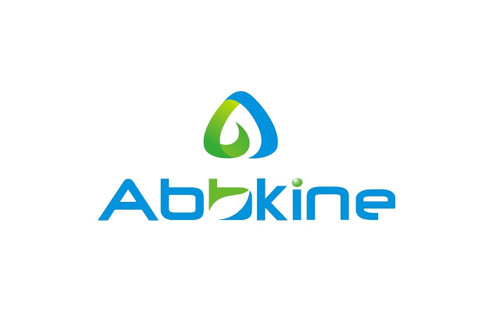Product Description
Human Proteasome subunit alpha type-7 (PSMA7) ELISA Kit | AE25494HU | Abebio
Species Reactivity: Human (Homo sapiens)
Abbreviation: PSMA7
Alternative Name: RP5-1005F21.4; C6; HSPC; MGC3755; RC6-1; XAPC7; proteasome alpha 7 subunit|proteasome subunit RC6-1|proteasome subunit XAPC7|proteasome subunit alpha 4
Application: ELISA
Range: 0.156-10 ng/mL
Sensitivity: 0.059 ng/mL
Intra-Assay: ≤5.6%
Inter-Assay: ≤9.2%
Recovery: 0, 99
Sample Type: Serum, Plasma, Other biological fluids
Detection Method: Sandwich
Analysis Method : Quantitive
Test Principale: This assay employs a two-site sandwich ELISA to quantitate PSMA7 in samples. An antibody specific for PSMA7 has been pre-coated onto a microplate. Standards and samples are pipetted into the wells and anyPSMA7 present is bound by the immobilized antibody. After removing any unbound substances, a biotin-conjugated antibody specific for PSMA7 is added to the wells. After washing, Streptavidin conjugated Horseradish Peroxidase (HRP) is added to the wells. Following a wash to remove any unbound avidin-enzyme reagent, a substrate solution is added to the wells and color develops in proportion to the amount of PSMA7 bound in the initial step. The color development is stopped and the intensity of the color is measured.
Product Overview: The proteasome is a multicatalytic proteinase complex with a highly ordered ring-shaped 20S core structure. PSMA7 has been shown to interact specifically with the hepatitis B virus X protein, a protein critical to viral replication. In addition, this subunit is involved in regulating hepatitis virus C internal ribosome entry site (IRES) activity, an activity essential for viral replication. This core alpha subunit is also involved in regulating the hypoxia-inducible factor-1alpha, a transcription factor important for cellular responses to oxygen tension. Multiple isoforms of this subunit arising from alternative splicing may exist but alternative transcripts for only two isoforms have been defined. A pseudogene has been identified on chromosome 9.
Stability: The stability of ELISA kit is determined by the loss rate of activity. The loss rate of this kit is less than 5% within the expiration date under appropriate storage condition. The loss rate was determined by accelerated thermal degradation test. Keep the kit at 37°C for 4 and 7 days, and compare O.D.values of the kit kept at 37°C with that of at recommended temperature. (referring from China Biological Products Standard, which was calculated by the Arrhenius equation. For ELISA kit, 4 days storage at 37°C can be considered as 6 months at 2 - 8°C, which means 7 days at 37°C equaling 12 months at 2 - 8°C) .
 Euro
Euro
 USD
USD
 British Pound
British Pound
 NULL
NULL








